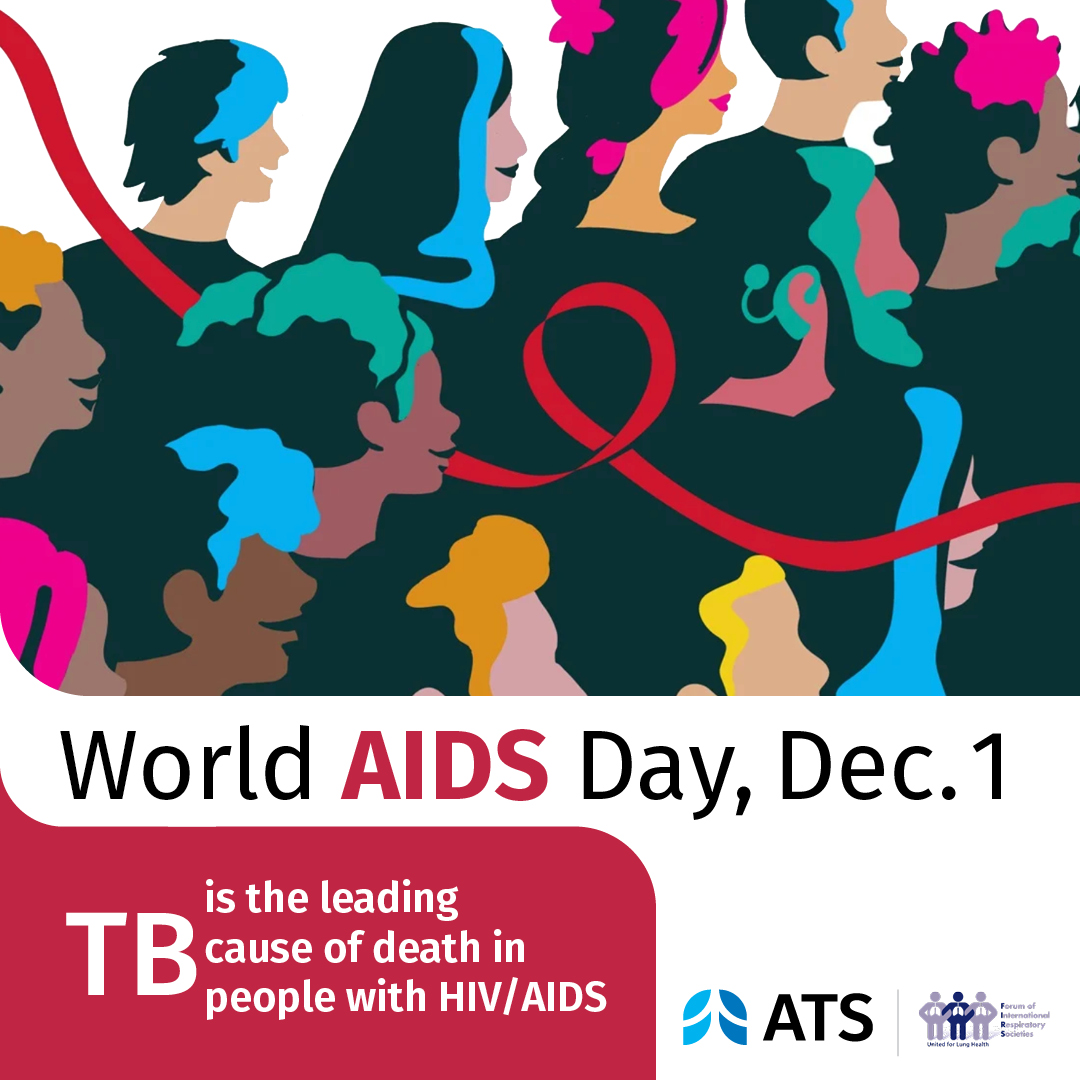An article in the International Journal of Epidemiology reported that the fine particles in polluted air are linked to an increased risk of cardiovascular death, even at levels below current international standards.
“The remarkable thing about this work is that the authors analysed information from over 500,000 adults representing more than 7 million ‘person-years’ and found that the risk of death depended on the amount of fine particles inhaled,” said Dean Schraufnagel, MD, Director of the Forum of International Respiratory Societies (FIRS) and member of FIRS Environmental Committee.
The study evaluated data from the detailed health and diet survey conducted by the National Institutes of Health (NIH) and the American Association of Retired Persons (AARP). The study volunteers, aged between 50 and 71, were followed for 10 years.
The investigators cross-referenced information about the amount and type of particulate matter from the Environmental Protection Agency’s Air Quality System and other databases and ruled out other causes associated with health and longevity. They found no significant difference in the effect of the fine particle exposure between the different genders, age groups, and socioeconomic levels.
“Our study is particularly notable because long-term exposure to fine particulate air pollution was associated with excess risks for cardiovascular disease mortality occurring in the range of, and even below, the present US long-term standard for ambient exposure to particulate matter (PM2.5),” says lead study investigator and health epidemiologist, Richard Hayes, DDS, PhD, a professor of population health and environmental medicine at NY University Langone campus.
According to senior study investigator, health epidemiologist George Thurston, ScD, fine particles can contribute to the development of potentially fatal heart disease and stroke because they slip past the body’s defences and can be absorbed into the bloodstream. They are not sneezed or coughed out the way larger natural particles, such as dusts, are removed from the body’s airways. Moreover, Dr. Thurston says, “the implications of this study to air quality regulations are that people may be dying from levels of air pollution below currently established US environmental guidelines. The US EPA needs to consider revision of the PM2.5 air quality limits down to lower levels than currently recommended, to properly protect public health”.
The “dose-dependency” health risk that extends below current standards should warn policymakers that stricter standards are needed to protect lives.
Notes to Editors
The paper can be viewed here.
Dean Schraufnagel, Professor of Pulmonary, Critical Care, Sleep, and Allergy at University of Illinois at Chicago. Director of the Forum of International Respiratory Societies (FIRS) and member of FIRS Environmental Committee.
Richard Hayes, DDS, PhD, Professor of Population Health and Environmental Medicine at the NYU School of Medicine, Langone.
Dr. George D. Thurston, Professor of Environmental Medicine and Population Health, and Director of the Program in Human Exposures and Health Effects, at the NYU School of Medicine, NYU-Langone Medical Center.
About the Forum of International Respiratory Societies (FIRS)
The Forum of International Respiratory Societies (FIRS) is an organisation comprised of the world's leading international respiratory societies working together to improve lung health globally: American College of Chest Physicians (CHEST), American Thoracic Society (ATS), Asian Pacific Society of Respirology (APSR), Asociación Latino Americana De Tórax (ALAT), European Respiratory Society (ERS), International Union Against Tuberculosis and Lung Diseases (The Union), Pan African Thoracic Society (PATS), Global Initiative for Asthma (GINA), and the Global Initiative for Chronic Obstructive Lung Disease (GOLD).
The goal of FIRS is to unify and enhance efforts to improve lung health through the combined work of its more than 70,000 members globally.





